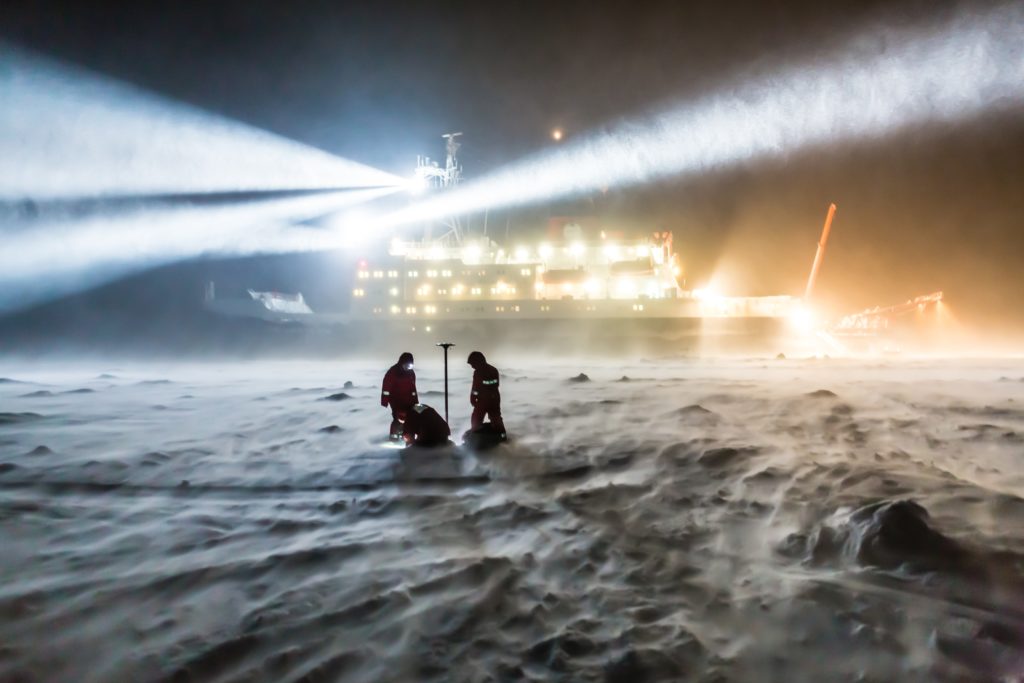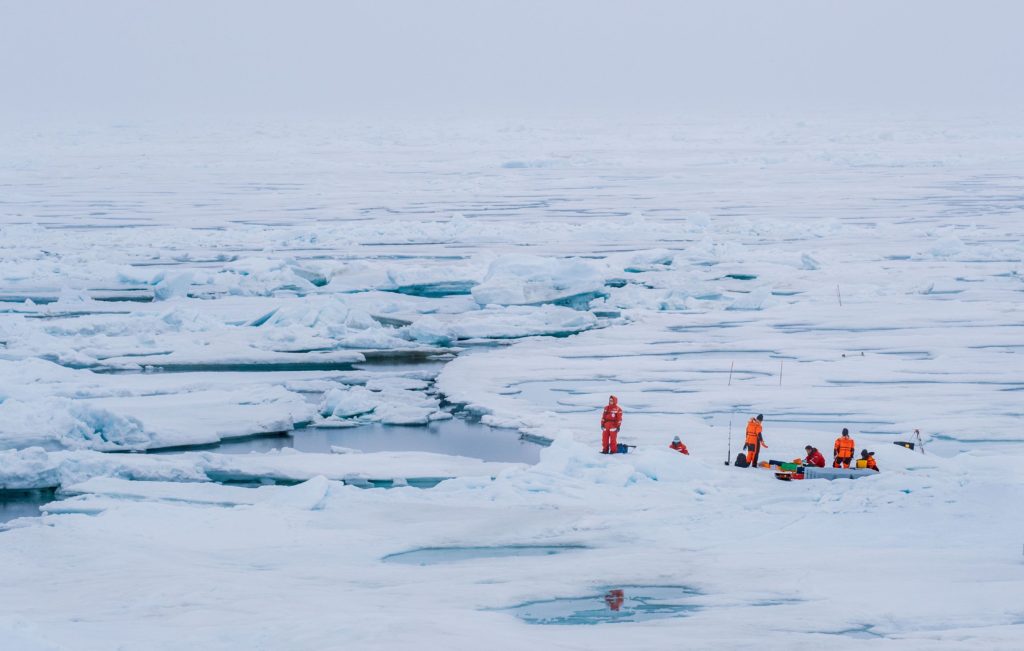UK-MOSAiC – Leg 5: UK team’s quarantine experience
By Elise Droste
22 July 2020 12:00
Day 5 already! I have to say that quarantine time is going faster than expected. A good sign probably! It has now been exactly 96 hours ago since I last saw a person’s face in “real life”. Oh wait that’s not true. We got nose swabs taken a few hours into day 1 for the Corona test. Although I can’t say that was a particularly pleasant experience (!), the next swab that will be taken tomorrow will be the only other human interaction I have this week, and so I am almost looking forward to it.

The fact that we’re all still here waiting for the second test says a lot! It means that the first tests all came back negative (whoohoo!), which is positive. We were told that no news is good news, and only if you’re tested positive will they come knocking at your door to inform you that you will need to leave the hotel and can no longer participate in the expedition. This made the daily knocks on the door between 8-8:30, 13-13:30, and 18-18:30 a stressful experience. Although chances were high that it was just the signal that food had been placed in front of your door, there was always the chance there was a person (imagine!) standing there, armoured in full Corona-deflecting gear, telling you to pack your bags. Once I got a knock outside of the food-bringing times and I thought that was it. The world slowed down while my heart raced as I opened that door, only to find a beautiful bowl of fruit that I had ordered at my feet.
Besides these temporary moments of impending doom (which thus far have been followed by nice food), my stay here has been easy-going. The upside of being a PhD student (probably applies to academics in general) is that you never run out of things to do… So naturally I got hooked on Game of Thrones. I now realise why I hadn’t watched the series earlier (like seemingly everyone else on the planet). I was just waiting for the perfect time, when I could just lie in my bed for two weeks, have meals brought to my door, and I would not have to feel guilty for any reason whatsoever about not going outside to enjoy the sunshine (or for not getting out of my pyjamas).
But then again, it is quite pleasant to relieve all the blood and gore with some relatively less stomach-churning, good-old polar science. A colleague and I are discussing samples we want to collect in the rapidly changing Arctic in the next months. Some supervisory meetings and co-chairing a session at the online Annual Science Meeting of the ORCHESTRA/RoSES projects, … and my week is full!
We have a WhatsApp group for all members of leg 5, the chats on which have on several occasions made me burst out in laughter. Ali has been providing evening entertainment with quizzes and others keep us updated on what’s happening outside at their end of the hotel. I can’t wait to meet the team! If the tests tomorrow also conclude that no Corona virus can currently be detected in any of us, we can share the same space for meals and run up and down the hotel staircase, while keeping social distance of course. Then we only have one more week to go before the final test and (hopefully) the embarkment on the transit vessel that will bring us to Polarstern.
Until then, we can enjoy the comfort that the Alfred Wegener Institute has so nicely organised for us, and the only challenge I personally face is to not gobble up all the hotel-priced snacks that have been so seductively placed on my desk.
